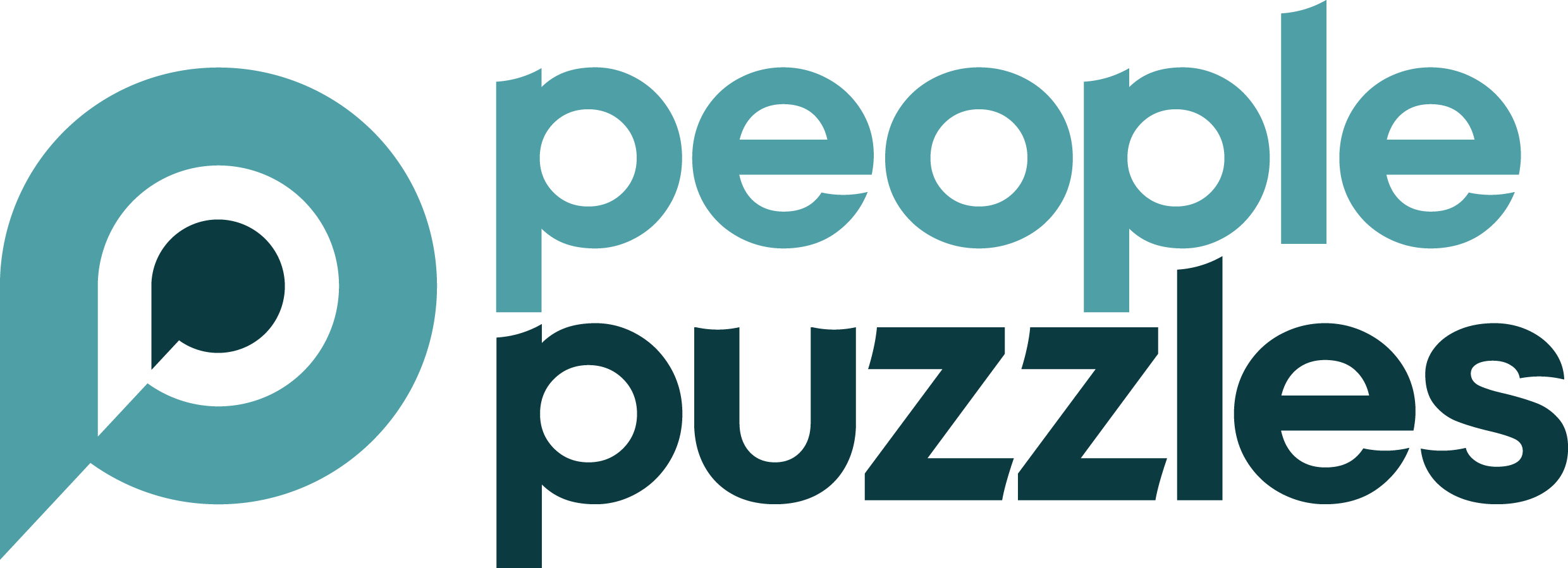For business leaders, regulatory compliance can feel like a moving target – especially in the construction sector. New rules, new policies, new expectations – and the ever-present risk of getting it wrong. But compliance isn’t just about avoiding fines; it’s about protecting your business, your people and your reputation. Get it right and you stay ahead of risk. Get it wrong and you could face significant financial and operational consequences.
What’s changing – and why you should care
The Employment Rights Bill, introduced in October 2024, is one of the most significant shake-ups in workforce regulation in recent years. Key changes include:
- Increases to minimum wage: Combined with increases to National Insurance, businesses are facing significant cost rises
- Zero-hours contracts: Employers must offer guaranteed-hours contracts based on a 12-week average, reducing uncertainty for workers.
- “Fire and rehire” restrictions: Stricter procedures must be followed before making contractual changes, limiting last-minute cost-cutting measures.
- Day-one employment rights: Employees can now claim unfair dismissal from day one, subject to a probation period.
- Statutory sick pay changes: Part of the new day one rights package, employees can now claim SSP from day one of employment
- Preventative duty on sexual harassment: Employers must take proactive steps to prevent workplace harassment or risk legal action.
These changes mean that simply having policies in place isn’t enough, businesses must actively implement and enforce compliance strategies.
This is complex area and it’s changing regularly – keep up to date with our Employment Rights Hub and take the Employment Rights Readiness Check to help you focus on the right areas first.
How to protect your business
1. Conduct a compliance audit
Start by reviewing your existing policies, contracts, and procedures. Ask yourself:
- Do employment contracts reflect the latest regulations?
- Are policies around dismissals, grievances and conduct legally sound?
- Have recent regulatory changes been communicated to managers and teams?
A simple audit can highlight gaps before they become costly problems.
2. Strengthen leadership accountability
HR teams shouldn’t be the only ones worrying about compliance. Your leadership team must be aware of their responsibilities and understand the risks of non-compliance. This means:
- Training managers on employment law changes
- Creating clear escalation pathways for compliance concerns
- Embedding compliance considerations into strategic decision-making
3. Proactively manage risk
Rather than waiting for an issue to arise, take a proactive approach:
- Implement structured onboarding to ensure new employees understand their rights and responsibilities
- Introduce regular legal and HR check-ins to keep up with regulatory changes
- Use technology to track working hours, contract types, and employee grievances effectively
4. Culture matters: Build a fair and transparent workplace
Many compliance issues stem from poor communication and inconsistent practices. A culture of fairness can mitigate risks by ensuring that:
- Employees feel confident raising concerns without fear of retaliation
- Policies are clear, accessible, and consistently applied
- Decision-making processes are transparent, reducing the likelihood of disputes
Compliance isn’t just a legal necessity, it’s a strategic advantage. By staying ahead of regulatory changes, training your leaders and embedding compliance into everyday business practices, you can avoid penalties, protect your reputation and create a workplace where both your business and your people thrive.
If you need expert guidance on navigating regulatory compliance with minimal disruption, People Puzzles can help.


